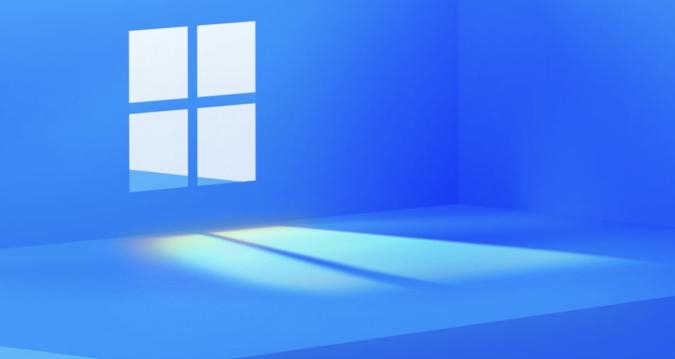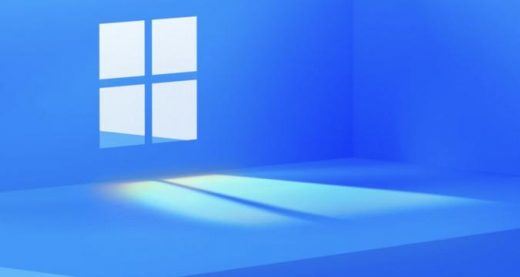Microsoft will unveil the next version of Windows on June 24th
Microsoft will unveil the next version of Windows on June 24th
What’s next after Windows 10?


After teasing the next generation of Windows during Build last week, Microsoft announced that it’ll officially unveil the new version of its operating system on June 24th at 11AM Eastern. The company has begun sending out invites to media, and it’s revealed that CEO Satya Nadella and chief product officer Panos Panay will be headlining the event.
At Build, Nadella said he’s been testing the new OS for the past few months. He added, “We will create more opportunity for every Windows developer today and welcome every creator who is looking for the most innovative, new, open platform to build and distribute and monetize applications.” That’s likely referring to rumors of an update Windows Store, which could make it easier for developers to push their apps out to consumers.
The event announcement follows news that Microsoft killed development of Windows 10X, an OS variant that was initially meant for dual-screen devices. Last year, the company shifted 10X focus to single screen devices to potentially create a stronger competitor to Chrome OS. Now, Microsoft plans to bring some 10X features into Windows 10 proper.
So where can Microsoft go next after Windows 10? When it launched in 2015, I noted that it was a great combination of the best features from Windows 7 and 8. It had the clean desktop of the former, with additional touchscreen smarts from the latter (thankfully, the Start Menu also made a return). Windows 10 was also the first major sign of how different Microsoft was under Nadella, who took up the CEO mantle from Steve Ballmer in 2014.
Notably, he announced that Windows 10 would be free for a year (and even longer for some users), a massive turnabout from Microsoft’s previous strategy of charging for every new release. By doing so, Nadella encouraged users to move on from Windows 7 and 8, making Windows 10 a more viable platform for developers who wanted to build modern apps.
I’d wager Microsoft would put much of Windows 10X’s dual-screen features into its next OS. We’ve yet to see many truly dual-screen PCs, aside from Lenovo’s clunky Yoga Books, so the door is wide open for Microsoft to encourage more PC makers to make that leap. The company also clearly needs to work on Windows support for ARM devices, as its current OS holds back flagship hardware like the Surface Pro X. Now that Apple has successfully moved its computers to ARM-based M1 chips, the ball is in Microsoft’s court to help PC makers do the same.
(24)


